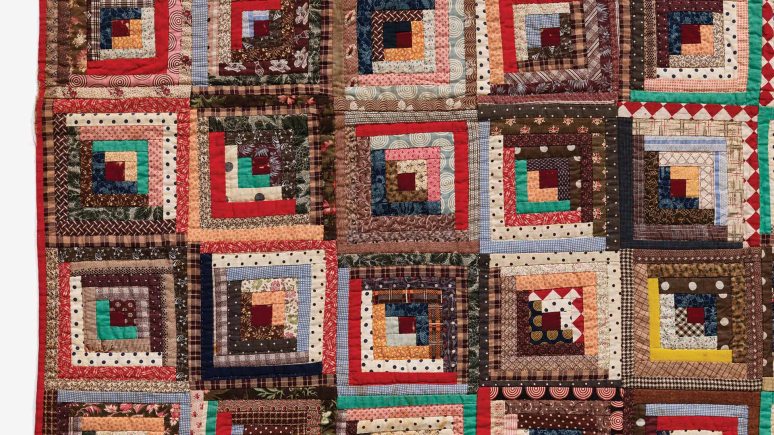Art to See
At the AGO
There are many options for visiting the AGO free (see here), including Wednesdays after 6, and free general admission for Ontario residents under 25.
Visit AGO.ca for more info
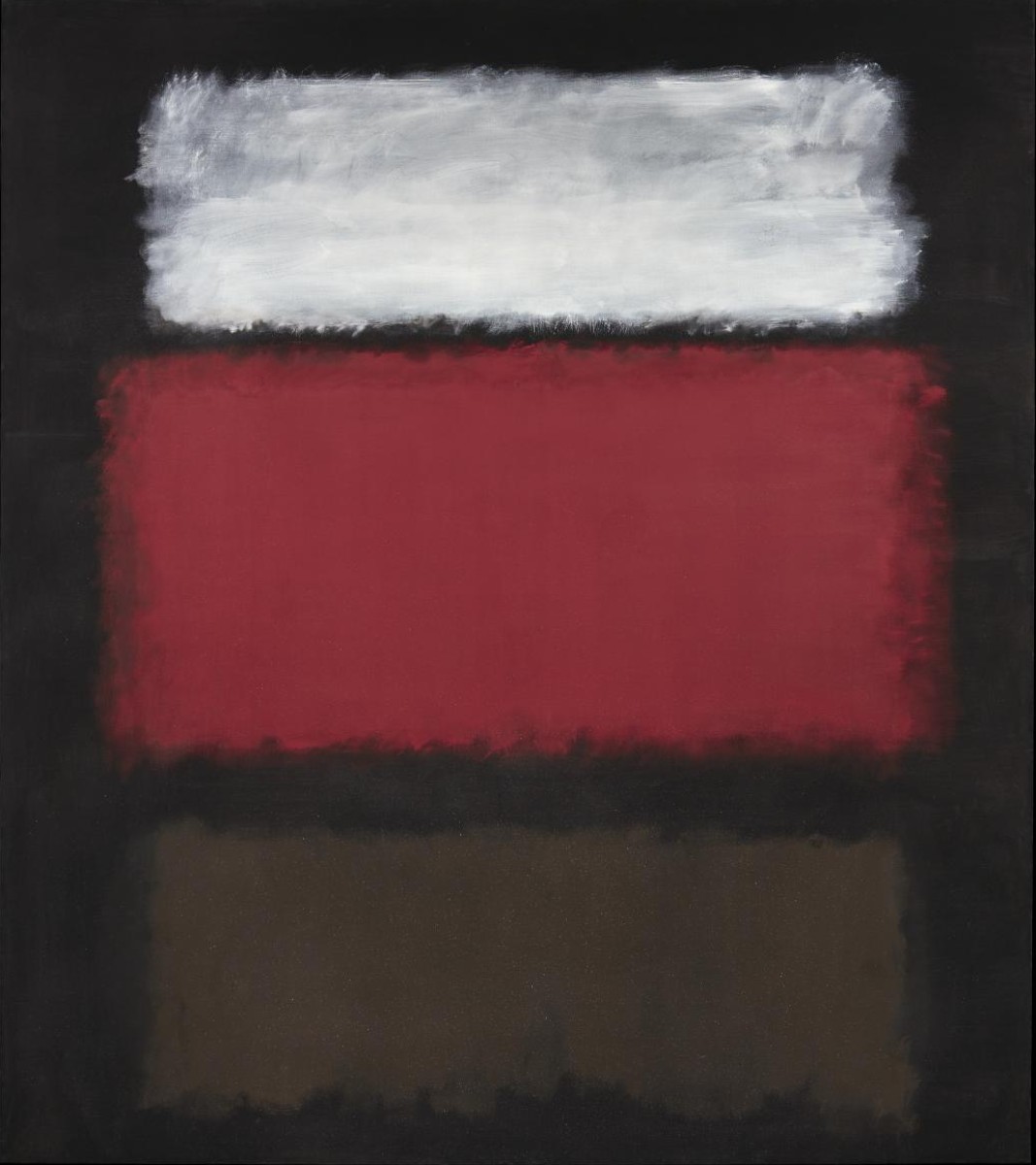
Mark Rothko. No.1, White and Red, 1962. Oil on canvas
Moments in Modernism
A great survey of modern and contemporary art from the AGO's collection. Expect to see some of the most forward thinking international art of the last sixty years.
Recommended if you liked: Birthday, Creation of the Birds, Abaporú, End of Empire, MamaRay
How the AGO describes it:
Moments in Modernism highlights the diversity and high quality of the AGO’s modern art collection, which has been built over time by generations of museum curators and patrons.
This installation will show collection strengths from artistic movements such as Pop Art, Abstraction, Realism, and Minimalism. An international approach in artistic styles will be presented, including a body of work from the AGO holdings by Brazilian artists, recognizing the global nature of modernism. A selection of contemporary works that respond to modernist movements will also be shown.
Many of the artists, including Andy Warhol, Helen Frankenthaler, Jules Olitski, Gerhard Richter, and Mark Rothko are well known while others are still yet to be broadly recognized such as Tomie Ohtake, Rubem Valentim, Gene Davis and Kazuo Nakamura. A particular focus will be Canadian artists including Alex Colville, Rita Letendre, Jack Bush, Agnes Martin, Guido Molinari and Norval Morrisseau.
Moments in Modernism features artworks that will form the cornerstone for the expansion of the new Dani Reiss Modern and Contemporary Gallery, starting construction in 2024. The new building is being designed by architects Diamond Schmitt, Selldorf Architects and Two Row Architect to showcase the AGO's growing collection of modern and contemporary art.
Critical Views: Recent Acquisitions by the Department of Arts of Global Africa & the Diaspora
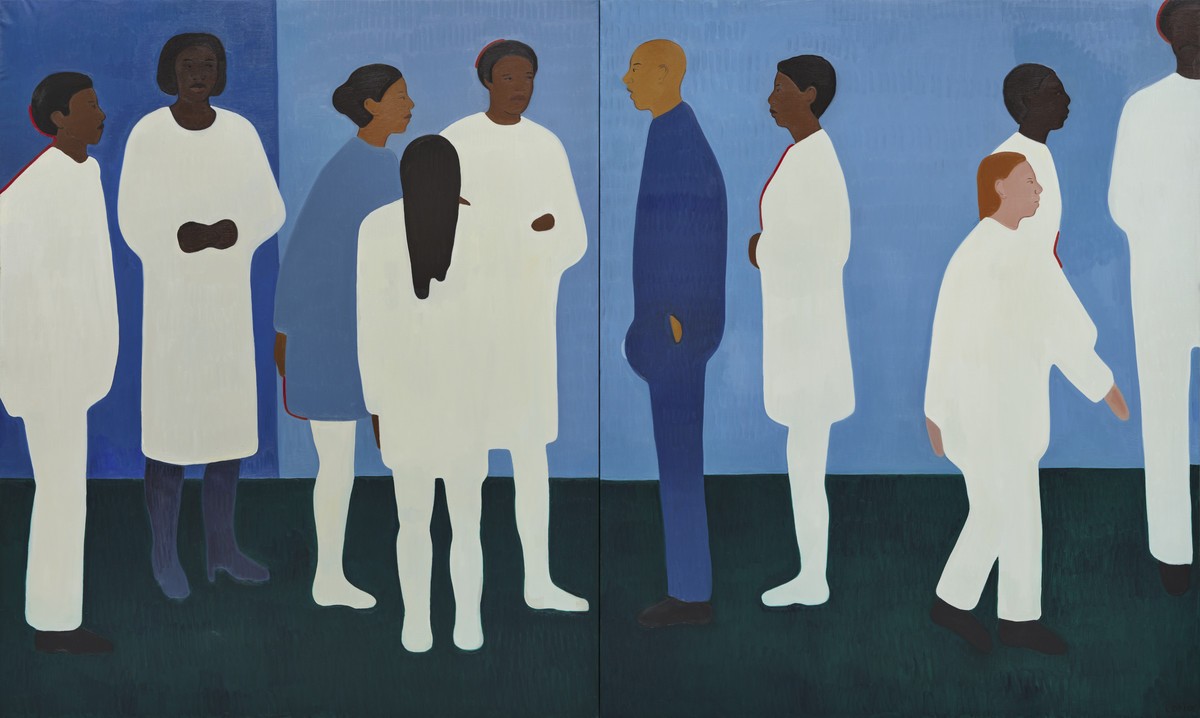
Sahara Longe. Police Man, 2023. Oil on linen
Part of the AGO's growing collection of art from Africa and the African diaspora.
Recommended if you liked: End of Empire, MamaRay
How the AGO describes it:
The AGO's department of Arts of Global Africa and the Diaspora is pleased to present Critical Views, a selection of recent acquisitions by six contemporary artists. Featuring works by Leasho Johnson, Marie-Hélène Cauvin, Sahara Longe, Myrlande Constant, Che Lovelace, and Marc Padeu, this installation illustrates their distinct ways of expressing a multiplicity of histories, contested identities and cultural perspectives. The broad range of visual tropes and subjects in these works offer a glimpse into the multifaceted contemporary experiences of Africa and its diasporas, and the complexities of Black life.
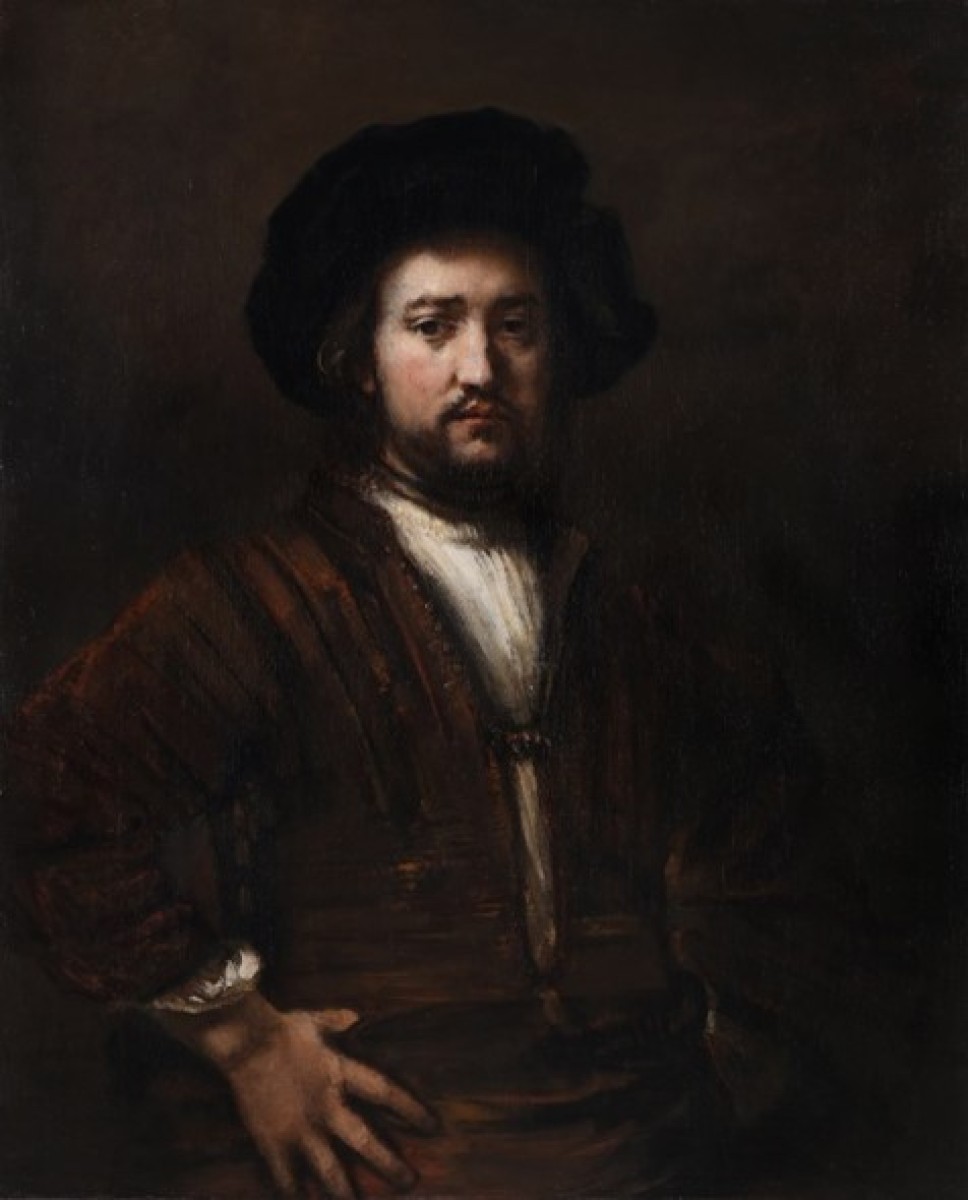
Rembrandt van Rijn, Portrait of a Man with Arms Akimbo, 1658. Oil on canvas
Painted Presence: Rembrandt and his Peers
A selection of works attributed to the famous Norther Rennaisance master of potraiture, as well as his contemporaries.
Recommended if you liked: The Ghent Altarpiece, Tāmati Wāka Nene
How the AGO describes it:
From the Bader Collection at the Agnes Etherington Art Centre, the AGO welcomes a remarkable selection of seventeenth century Dutch paintings. Shown in dialogue with paintings from the AGO’s European Collection of Art, at the centre of this focused installation are seven artworks attributed to Rembrandt van Rijn (1606-1669), shown together for the first time. Featuring intensely observed still life paintings, detailed interiors and mesmerizing portraits, these striking artworks offer a rare glimpse of Dutch artistry at work. This exhibition is co-curated by Adam Harris Levine, AGO Associate Curator European Art and Suzanne van de Meerendonk, Bader Curator of European Art, Agnes Etherington Art Centre.
Recuerdo: Latin American Photography at the AGO (opening Spring 2025)
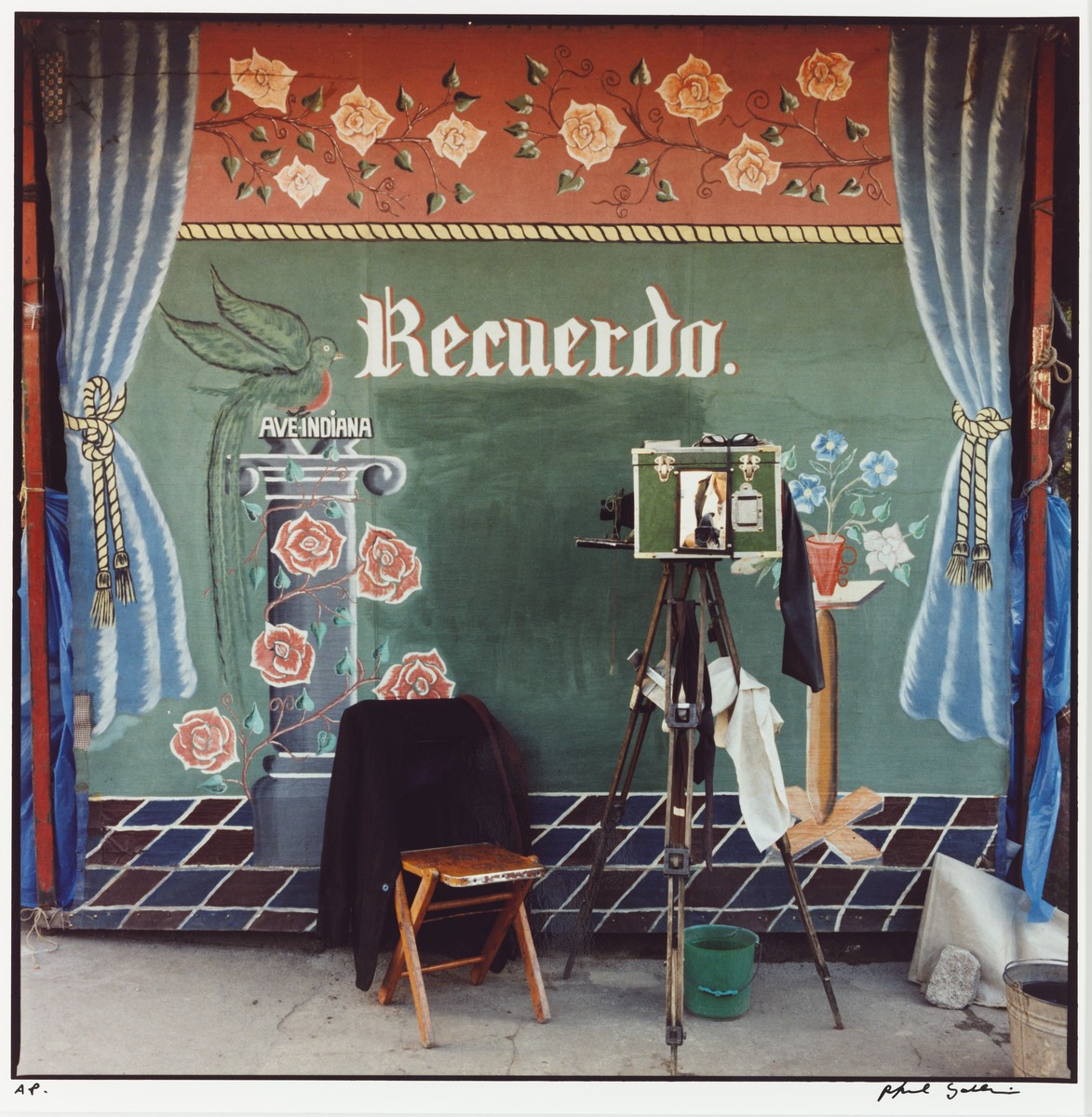
Rafael Goldchain, Itinerant Photographer's Studio (Recuerdo), Coban, Guatemala, 1987.
Curated by FAH101's very own Marina Dumont-Gauthier (an expert in the subject of Latin-American photography and a photography curator at the AGO 🤩), this show will feature a selection of photos from the last hundred years that touch on the theme of memory.
Recommended if you liked: Creation of the Birds, Rebellious Silence, Paradise Camp, Abaporú
How the AGO describes it:
Highlighting new acquisitions and unseen works from the AGO’s Photography Collection, this poetic exhibition takes visitors on a journey from Mexico to Argentina, from the 1920s to today. “Recuerdo,” which in Spanish can mean both “memory” and “I remember,” – reflects the exhibition’s unique display of collective and personal stories, while exploring what it means to consider art of and from Latin America. Juxtaposing photographs from press collections as well as works by artists once known and noted photographers, including Manuel Alvarez Bravo and Tina Modotti, this exhibition is curated by AGO Curatorial Assistant Marina Dumont-Gauthier.


